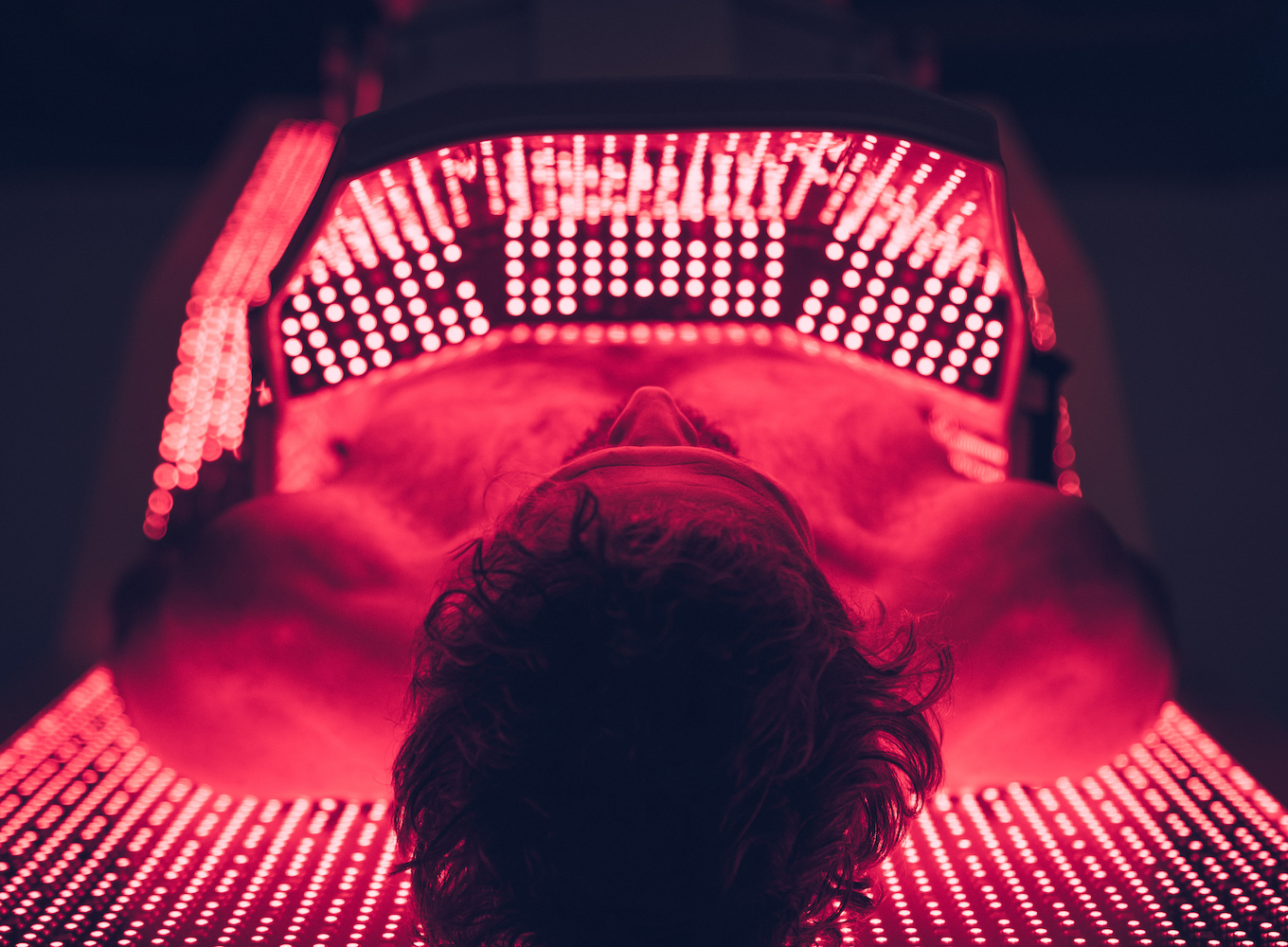How Much Red Light is Too Much?

On a biological level, red light therapy works in much the same way as exercise. When you work out, you put temporary stress on the body, and the body responds by repairing itself and becoming stronger and healthier. Red and near-infrared light does essentially the same thing, activating many of the same cell defense systems that exercise does by creating free radicals, which promotes a very low-level inflammatory response.
But too much exercise can diminish the benefits and even cause negative consequences like extreme fatigue or injury. So, is there also such thing as too much red light? The long answer involves a number of variables and mathematical equations, but the short answer is, yes. You need to have enough exposure to achieve particular results, but too much exposure can actually diminish the benefits. While the chances of “overdoing it” and the potential consequences of doing so are minimal, it’s still good for operators and clients to understand that more isn’t necessarily better.
“There is something called a ‘biphasic dose response’ whereby too much can actually result in a lesser benefit rather than more. So don’t assume that ‘if a little is good, a lot must be better.’ All you’re doing is decreasing the benefit by doing more than the recommended doses,” writes best-selling author Ari Whitten in his book The Ultimate Guide To Red Light Therapy: How to Use Red and Near-Infrared Light Therapy for Anti-Aging, Fat Loss, Muscle Gain, Performance, and Brain Optimization.
As Whitten is careful to note, the likelihood of excess red light exposure and and risks of potentially doing so are relatively minimal, even when compared with the risk of overexercising. This is why so many devices are simply FDA “Registered” and not “Approved” by the FDA. The FDA has determined that it is not necessary to approve many types of “general wellness” devices primarily because of their low-risk status. There are no known potentially detrimental effects from many of these non-UV devices, as recognized by the U.S. Food & Drug Administration.
Click here to read the entire article in the latest issue of Smart Tan Magazine online.
